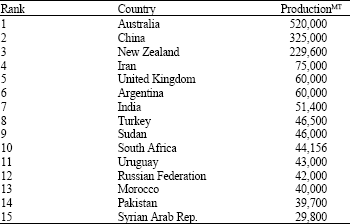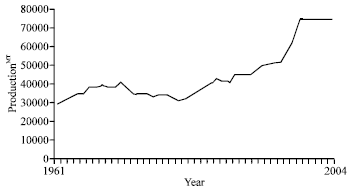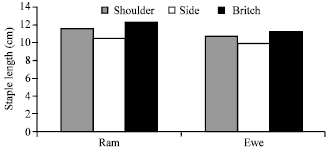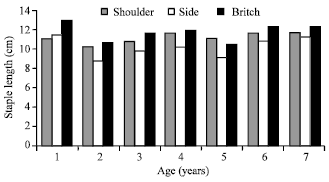Research Article
A Study on Some Physical Attributes of Naeini Sheep Wool for Textile Industry
Department of Animal Science, Isfahan University of Technology, Isfahan, Iran
G. Dashab
Department of Animal Science, Isfahan University of Technology, Isfahan, Iran
A.A. Ghareh Aghaji
Department of Animal Science, Isfahan University of Technology, Isfahan, Iran
M.A. Nilforooshan
Department of Animal Science, Isfahan University of Technology, Isfahan, Iran
H. Movassagh
Department of Animal Science, Isfahan University of Technology, Isfahan, Iran

















